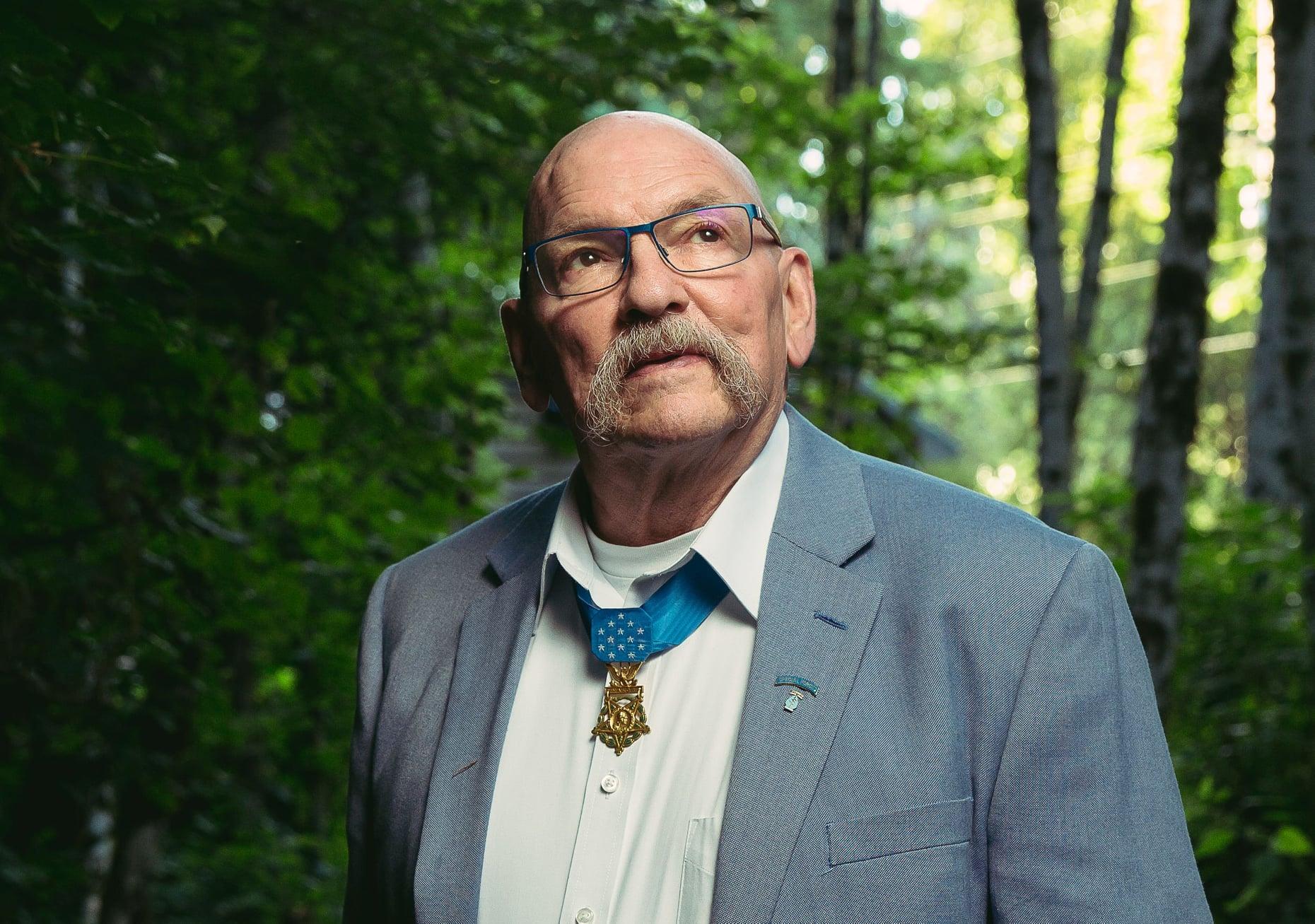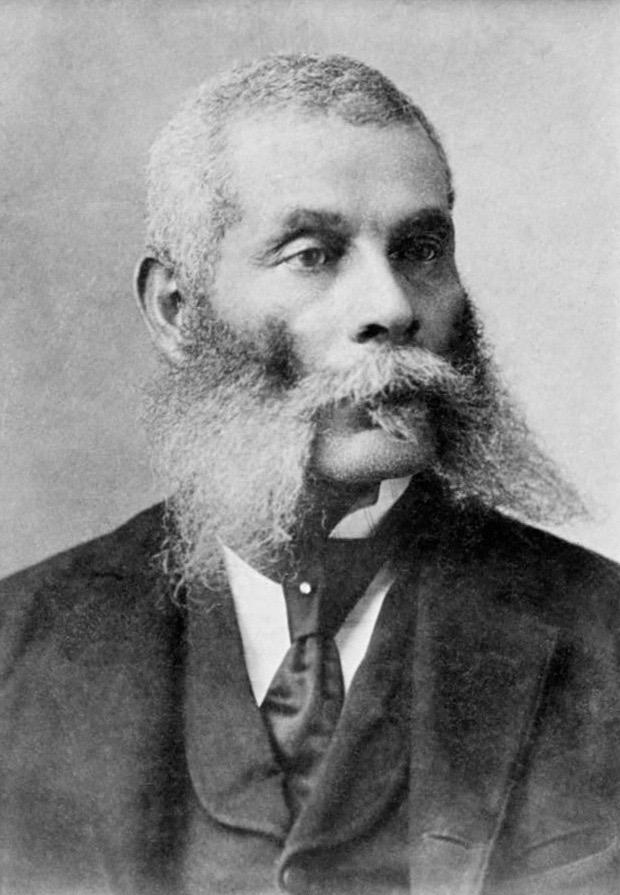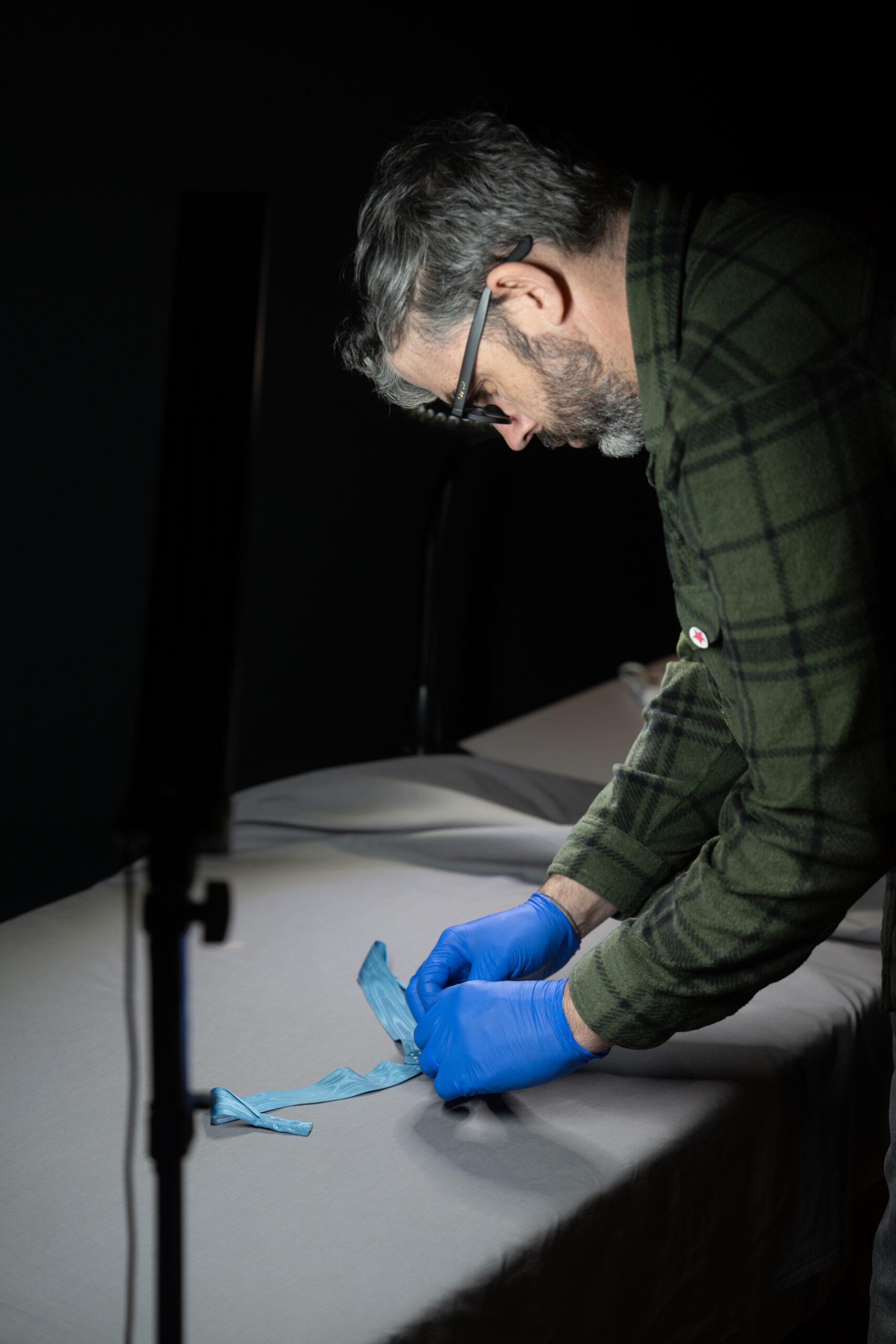Into the Fire. Out of the Cave.
Meet Army MOH Recipient Gary Beikirch

Recipient: Gary Beikirch
Branch: Army
Combat: Vietnam
From an early age, life tested Gary Beikirch in ways that would shape the quiet courage he later became known for.
Before his second birthday, he fell from a second-story window at his family’s home in Rochester, New York, and fractured his skull.
By the time he was six, his parents had divorced, leaving him, his brother, and his mother to move between relatives’ homes.
By ninth grade, Gary had attended 11 different schools.
After graduating from Greece Olympia School in 1965, he briefly attended SUNY Brockport before enlisting in the Army in 1967 with a dream of serving in the Special Forces. He later earned his Green Beret as a medic — a role he chose because of his deep passion for serving others.
Two years later, he was sent to Vietnam.
Into the Fire
In July 1969, Beikirch arrived at Camp Dak Seang in Vietnam’s Kon Tum province, where his Special Forces team worked closely with the Montagnard people, training them to protect their families and homes. He learned to speak Vietnamese and acted as a general physician, serving the local people when he wasn’t attending to wounded comrades.
On April 1, 1970, everything changed.
In the early morning hours, North Vietnamese forces launched a massive attack, surrounding Camp Dak Seang and the nearby village. Twenty-two-year-old Beikirch sprang into action, providing lifesaving care to one wounded soldier after another as bullets rained overhead. At his side was Deo, a local 15-year-old assigned as Beikirch’s bodyguard, who had also become his close friend.
Despite receiving a shrapnel wound early in the attack, Beikirch refused treatment and continued providing medical aid. As he carried a wounded soldier to the aid station, a rocket exploded just 20 feet away. The blast threw Beikirch into a pile of sandbags, instantly paralyzing his lower body. “I remember feeling like I’d gotten kicked by a horse,” he later told the Rochester Democrat & Chronicle.
Deo was also injured in the explosion, but the two refused treatment. Instead, they crawled together from soldier to soldier, rendering aid and distributing supplies — determined to save as many lives as possible.
Then, tragedy struck.
“In one horrifying moment, an enemy rocket came whistling in,” Beikirch later recalled. “Deo set me down instantly and flung his body on top of mine. The rocket exploded near us. I opened my eyes, but Deo didn’t. He was the true hero that day.”
Even after losing Deo and sustaining a gunshot wound to his back, Beikirch kept treating the wounded until villagers carried him to safety. He was evacuated to a hospital in Japan, where he fought for his life.
On The Way Home
After seven months of rehabilitation in a Pennsylvania veterans hospital, Beikirch regained the ability to walk. He also discovered his Christian faith, which became an important part of his life. Following grueling rehab, Beikirch requested a return to duty overseas, but was denied. He received special permission to leave the Army in August 1971.
Hoping to continue serving others, he enrolled in college to study pre-med. However, his experiences in Vietnam continued to haunt him. After learning about his military service, Beikirch’s peers treated him with contempt, largely due to the war’s unpopularity and misunderstandings about service members. Feeling unwelcome and unwanted, he dropped out a second time.
Struggling to fit in, Beikirch retreated to the White Mountains of New Hampshire, which reminded him of the Vietnamese jungle, desperately searching for peace and rest.
In the fall of 1973, Beikirch learned he would receive the Medal of Honor for his actions at Dak Seang. On October 15, 1973, President Richard Nixon presented him with the Medal. For Beikirch, the recognition carried a mix of pride and pain, as it reminded him of the day his friend Deo gave his life.
Tucking the Medal into a duffle bag, where it would stay for years, Beikirch returned to the White Mountains to continue his quest for peace. “One day I was out there and I heard a waterfall,” he shared in a 2021 interview with the Mission Inspire podcast. “Being in the woods there, it put me back to being in the jungle. And I started being sensitive to sounds. I tuned in to everything…I heard this waterfall and I wanted to go explore it. And then I found a cave that was nearby. And I made a decision that I wanted to stay there.”
He lived in that cave for more than 18 months. At the time, he believed that forgetting the war—the trauma, the hatred, the loss—might be the key to healing, but in the solitude of that cave, he realized something else.
“I quickly learned that forgetting isn’t getting better,” he added in the interview. “Getting better was finding someone who is willing to come into your cave, listen to you, hurt with you, cry with you, and help you heal…I had two things that came into my cave that helped me with healing. One of them was God.”
And the other one was Lolly.
Out of the Cave
Unbeknownst to Beikirch, a local woman named Loreen “Lolly” Wheeler had noticed his presence in their small local community. At the time, Beikirch had long hair, drove a candy-apple red van, and played guitar, none of which camouflaged his comings and goings.
Wheeler began leaving Beikirch handwritten notes in his post office box two or three times per week. They started dating and talked about marriage. Lolly had one condition: Beikirch had to leave the cave first. They married soon after, and later had three children.
In 1979, Beikirch returned to Rochester, New York, after his mother suffered a stroke. He completed a degree in educational counseling at SUNY Brockport and began working as a middle school counselor in the same community where he grew up. For more than 30 years, Beikirch served the students of the Greece Central School District, leaving a lasting impression on those he mentored.
Beikirch also became deeply involved in supporting others beyond the school walls. He founded the Veterans Outreach Center in Rochester, served as chaplain for the Congressional Medal of Honor Society, and participated in several Christian ministries, including supporting inmates at the Groveland Correctional Facility. Helping others helped Beikirch heal, assisting him in feeling like he was worthy of Deo’s personal sacrifice.
“We are the greatest nation on this earth, and one of the things that I see is important that we as Recipients can do, and we as the Medal of Honor Museum [can do], is we can share this message with our young people,” Beikirch continued in the Mission Inspire interview. “That we are a nation with a history of caring for people, caring for their freedom, of wanting the same kind of freedom for countries that we have — freedom for all people.”
A Lasting Legacy
Beikirch passed away on December 26, 2021, after a battle with cancer, and was buried in White Haven Memorial Park in Pittsford, New York. Today his legacy is honored at Beikirch Park in Monroe County, New York, and at Beikirch Hall, home to battalion operations for the 5th Special Forces Group.
His story is one of courage, compassion, and commitment — a reminder of the extraordinary power of living a life in service to others.
Stay Informed with the Latest New
From groundbreaking announcements to exclusive stories, explore more updates from the National Medal of Honor Museum. Browse our latest press releases and articles to stay connected with our mission and milestones.

A Brother's Corageous Sacrifice
Nov 22, 2024
More than a Medal: An interview with the Museum Curator
Jul 15, 2025